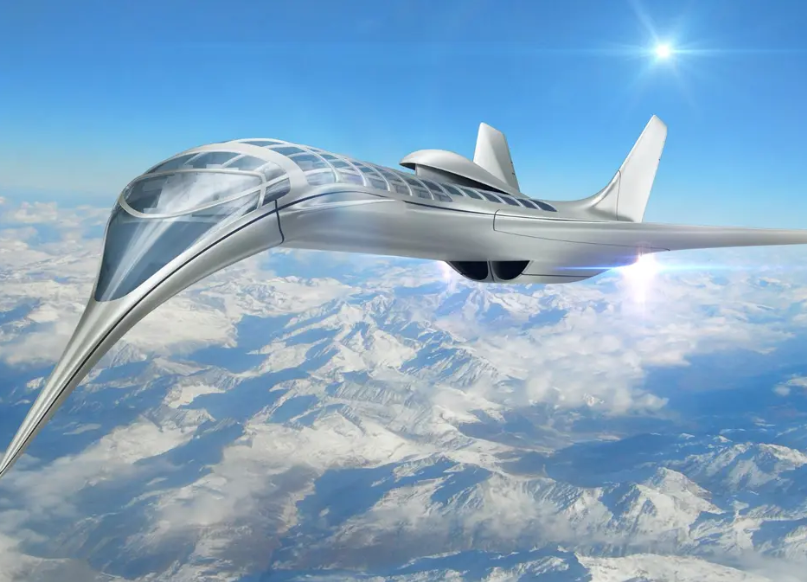Bees are remarkable creatures known not only for their crucial role in pollination but also for their incredible flying abilities. Understanding how bees fly reveals the intricate mechanics and adaptations that allow these tiny insects to navigate diverse environments efficiently.
Bees have two pairs of wings that work in tandem to create an efficient flight mechanism. The forewings are larger and, when in motion, they work in sync with the smaller hind wings. During flight, bees can adjust the angle of their wings to control speed, direction, and stability. This ability enables them to perform agile maneuvers such as hovering, quick turns, and sudden accelerations.
Bees utilize a technique known as “clap-and-fling” to enhance their flying efficiency. When a bee prepares to take off, its wings clap together at the top of the stroke, creating a burst of upward lift. As they separate, they fling their wings apart, allowing them to generate powerful down strokes that propel them into the air.
In conclusion, bees’ flight is a fascinating combination of biology, physics, and behavior. Their intricate wing mechanisms, adaptability to environmental conditions, and navigation skills exemplify the wonders of nature. Protecting bee populations is imperative, as their flying prowess plays a vital role in sustaining our ecosystems and food supplies. By understanding how bees fly, we gain insight into not only their lives but the broader importance of preserving their habitats for future generations.
Related Stories:
https://www.dadant.com/learn/understanding-how-honey-bees-fly/
https://pacificnorthwesthoney.com/how-honeybees-fly-muscles-wings-and-stomach-crunches/
https://www.forbes.com/sites/quora/2018/05/11/how-do-bees-fly/
https://askabiologist.asu.edu/how-do-bees-fly
Take Action:
https://beebuilt.com/pages/beekeeping-for-beginners
https://dpr.dc.gov/page/urban-beekeeping-program
https://www.nal.usda.gov/animal-health-and-welfare/beekeeping






